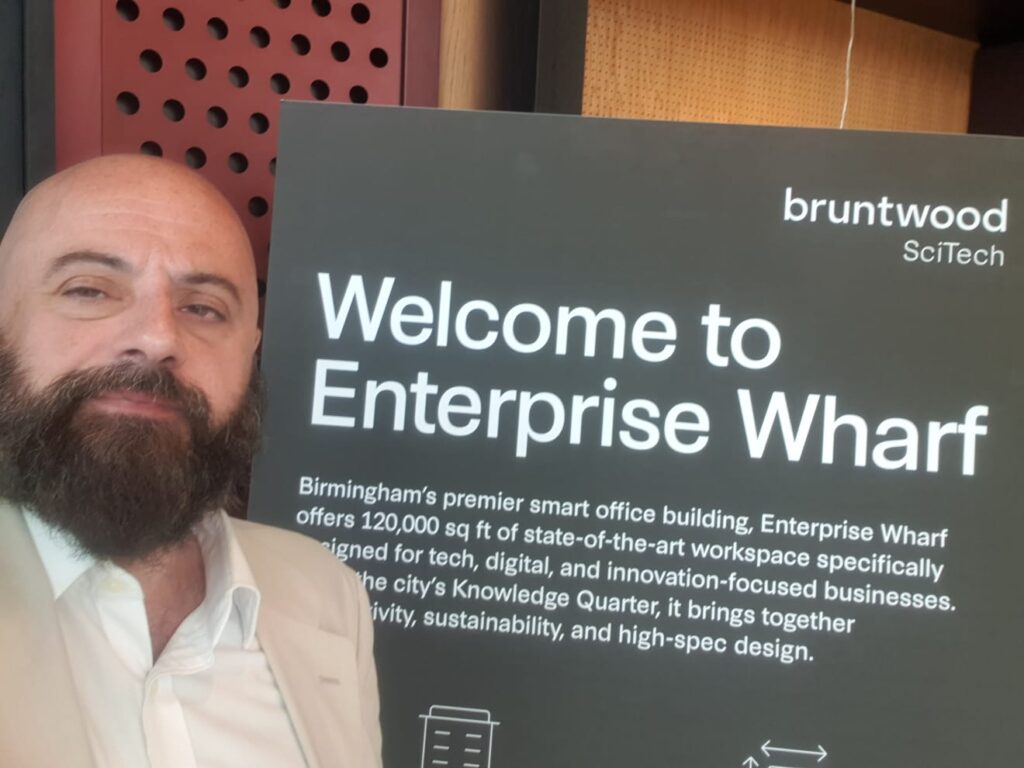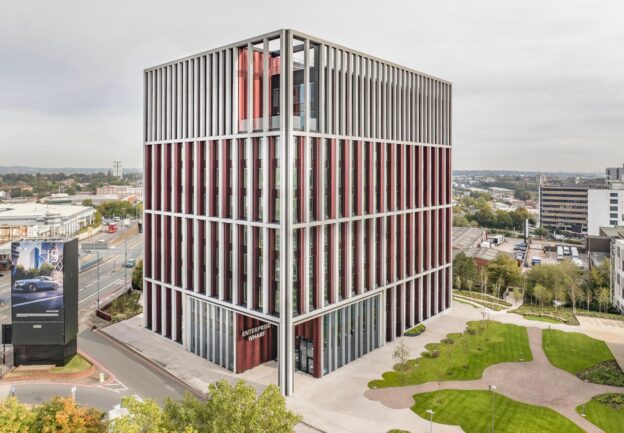The West Midlands Cyber Hub marks a long-held ambition to give the region a central home for cyber. Building on the rebooted West Midlands Cyber Working Group (WM CWG), the Hub is designed to strengthen community coherence, increase investment, and connect students, SMEs, enterprises, and universities in a neutral space. Supported by DSIT, Innovate UK, Aston University, TechWM, and the Innovation Alliance for the West Midlands, the Hub will open its first phase at Enterprise Wharf in Birmingham, forming the core of a hub-and-spoke model across the region. The project team, led by Sevgi Aksoy and I (Wayne Horkan), with Rebecca Robinson as PM, is preparing for a pre-launch event on 30th September 2025.
Contents
- Contents
- Introduction
- Four Aims for the WM Cyber Working Group
- The Funding Challenge
- Regional Foundations
- Passing the Baton and the WM CWG Reboot
- Lessons from Cyber Local 2024
- From Vision to Bid
- Inspired by Hub8 and DiSH
- Commercial Allies
- Landing at Enterprise Wharf
- Balancing Festival and Hub
- Building the Team
- Day One: A Photo Shoot
- Next Steps
- Beyond Birmingham – A Regional Hub-and-Spoke Model
- A Field of Dreams Moment
- Patterns, Heritage and Vision
Introduction
Strictly speaking, this isn’t Day One. In truth, we’re more like sixty days in… maybe longer. But today feels like the right point to start documenting the journey.
By now, you will have seen the announcements: DSIT and Innovate UK have funded the West Midlands Cyber Hub through the Cyber Local 2025 programme. The Hub will be based in Birmingham, but designed to serve the region. We are hugely grateful for the support and trust that’s made this possible.
This has long been a shared ambition: to give the region a central home for cyber. When I first became involved in the West Midlands Cyber Working Group (WM CWG), it had languished for a while, people had moved on, and momentum had slowed. The spark to step up came at a CyberFirst launch event at BCU’s Steamhouse, hosted by the delivery partner, In4Group, where DSIT and NCSC jointly presented a slide that stuck with me: a spider chart with community coherence in the West Midlands marked as just 2 (out of 5).
It was funny because it was true. And it was sobering. As a proud Brummie, I felt hurt.
That was the Eureka moment. Our aim with the WM CWG has always been to strengthen coherence, bring the disparate parts of the ecosystem together, and make sure people feel they belong to something real and meaningful.
Four Aims for the WM Cyber Working Group
When I took on the chair and Sevgi Aksoy (of Psyber Inc.) took the vice-chair, we simplified things into four practical aims:
- Community coherence – build belonging and connection.
- Increase inbound investment – the West Midlands has historically received some of the lowest levels of cyber funding per capita. That had to change.
- A Cyber Festival – a two-day flagship gathering to showcase the best of the region.
- A Cyber Hub – a home for cyber in the West Midlands: neutral, welcoming, and future-focused.
The Cyber Hub, to me, was about creating a Field of Dreams moment. A place that could bring together:
- students and newly qualified professionals with employers
- enterprises with SMEs and innovators
- universities and public bodies in neutral territory
Sometimes we compete, sometimes we collaborate. A hub gives us space for both.
The Funding Challenge
One of the long-standing frustrations has been the disparity in cyber investment across the UK. Figures I saw in early 2024 showed Cheltenham attracting around £23 per head in central government cyber spend, compared to just £9 for Birmingham. That difference may sound small, but across a population of millions, it represents a serious funding gap. When NCSC say they “have locations in London, Manchester, Milton Keynes and Cheltenham”, it leaves regions like ours struggling to secure the same visibility and investment. Closing that gap has been a core motivation from the start.
Part of the problem is structural. Within WMCA and many other local authorities, cyber is often treated as a subset of digital, which in turn is treated as a subset of tech. That means cyber sits three levels down in the hierarchy, and, in practice, it gets buried. Funding discussions default to “tech” as a whole, with “digital” as the delivery lens, and cyber ends up under-represented or seen as an afterthought rather than a driver in its own right.
I explored this issue in more depth in Cyber, Digital and Tech: Understanding the West Midlands Perspective. The short version is simple: if we don’t name and prioritise cyber explicitly, we shouldn’t be surprised when it gets overlooked in strategy documents, underfunded in budgets, and under-supported in practice.
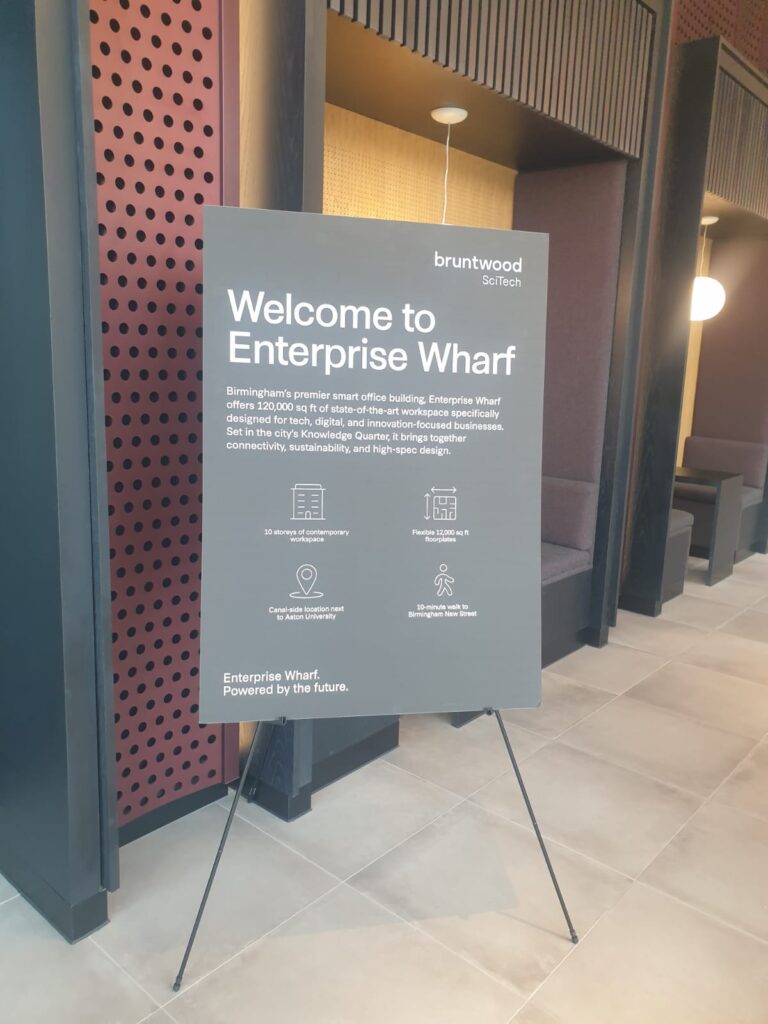
Regional Foundations
The rebooted West Midlands Cyber Working Group (WM CWG) did not emerge in isolation. It builds on years of groundwork across government, academia, SMEs, policing, and the wider public sector.
In 2021, Birmingham hosted the launch of the National Cyber Strategy, with senior leaders from NCSC, GCHQ and others in attendance. Organised by DCMS (the precursor of DSIT), via their regional lead, Daljinder Mattu (“Dal”), it marked an important moment for the West Midlands, signalling that cyber had both visibility and momentum here.
From this early starting point, the WM CWG was convened, drawing together a partnership between the University of Wolverhampton and the Cyber Quarter (with Professor Prashant Pillai MBE and colleagues such as Hugo Russell), and the Innovation Alliance for the West Midlands (IAWM) (led by Pam Waddell OBE). With DCMS support, the Group set ambitious goals, aligned with the five-pillar strategy, and hosted vibrant regional events under the “Cyber Verse” banner.
Key regional partners such as the School of Coding and AI, the WM Growth Company, MetCloud, and CyberQ Group, as well as startups like Goldilock Secure and my own Cyber Tzar, further demonstrated the value of collaboration. Even the proposed Black Country Cyber Working Group, while it never fully convened, reflected the appetite for local involvement and added to the conversation.
Passing the Baton and the WM CWG Reboot
As leadership priorities at the University of Wolverhampton shifted and the Cyber Quarter’s focus evolved, the WM CWG began to slow. By this time, DCMS had become DSIT, and Dal was on maternity leave. Brook Spittles stepped in as the DSIT regional representative, and it was around the CyberFirst launch at BCU’s Steamhouse that I began working more closely with the Group.
With encouragement from Prashant and support from Hugo, Pam, and Brook, I took on the chairing role. Together with Sevgi Aksoy, the founder of Psyber Inc., we reframed the Group’s purpose and gave it fresh energy, rebooting the WM CWG as an industry-chaired initiative supported by colleagues across the region.
Hosting events during Birmingham Tech Week 2024, I chaired that year’s round of Cyber Local, an experience that both proved the strength of the ecosystem and set the stage for what followed. The 2024 process gave us the confidence and credibility to aim higher in 2025.
Under the stewardship of Gwilym Williams at DSIT, we then entered the 2025 Cyber Local process, this time with Sevgi and I leading the bid that would deliver the WM Cyber Hub.
Lessons from Cyber Local 2024
Chairing the Cyber Local 2024 review board was a great privilege, working alongside regional colleagues. We saw an extraordinary turnout, almost fifty organisations that had submitted proposals got through to our review panel, of which eight were endorsed, and four ultimately funded. It was a demanding but rewarding process, one that reinforced both the strength of the West Midlands cyber ecosystem and the importance of careful governance. Conflict-of-interest rules were applied rigorously, and that experience gave us the grounding to manage the 2025 process and prepare the Hub proposal.
I’ve written in more detail about this experience in Steering Regional Resilience: Reflections on Two Years Supporting DSIT’s Cyber Local Programme. In that piece, I reflected on the lessons we learned regionally and made recommendations to DSIT for future calls, including clearer rules on lead applicant limits, better cross-region collaboration between steering chairs, shared frameworks for risk and impact assessment, improved tracking of outcomes post-funding, and more iterative two-way feedback.
The headline is simple: locally informed funding matters. Projects like Aston University’s important work on cyber violence against women and girls, led by Professor Anitha Chinnaswamy, showed how regional insight can direct resources to issues that are both urgent and impactful.
From Vision to Bid
We never set out to run facilities or organise events. Personally, my craft is systems design and software development, not buildings. And if you know me, then you’ll know I prefer to refer to myself as a Systems Engineer, rather than an Enterprise Architect (or any type of “technology” architect). But over the past year, I’ve learned that with the right support and encouragement, you can step into new roles, as I’ve been able to roll out events thanks to some amazing support.
We’ve been fortunate to have that encouragement from across the ecosystem:
- Pam Waddell OBE and Cliff Dennett at the Innovation Alliance for the West Midlands (IAWM) and Ros Povilionis of Sustainability West Midlands (SWB)
- Michelle Ohren at the West Midlands Cyber Resilience Centre (WM CRC)
- Ryan Protheroe at Midlands Cyber
- Andy Hague, Naomi Nash and the team at TechWM and Birmingham Tech Week
- Aston University, led by Professor Vladlena Benson and supported by colleagues such as Professor Anitha Chinnaswamy and Gosia Dzierdzikowska
- Jim Sims and Valentina Barker from WMCA
- Gwillym Williams and the team at DSIT
- Reid Derby at NCSC
- Hollie Wakefield and Charlotte Smith of CyNam
The idea grew into a formal proposal. Together with my partner at Psyber Inc., Sevgi Aksoy, and with contributions from many of the above, we submitted a bid under Cyber Local. It wasn’t simple; I had also pitched for a Cyber Festival, but in the end, the Hub won through. Our deepening relationship with Aston came through their hosting of Women Shaping Cyber: Breakfast & Roundtable for International Women’s Day, with Sevgi taking the keynote speech on Cyber Psychology.
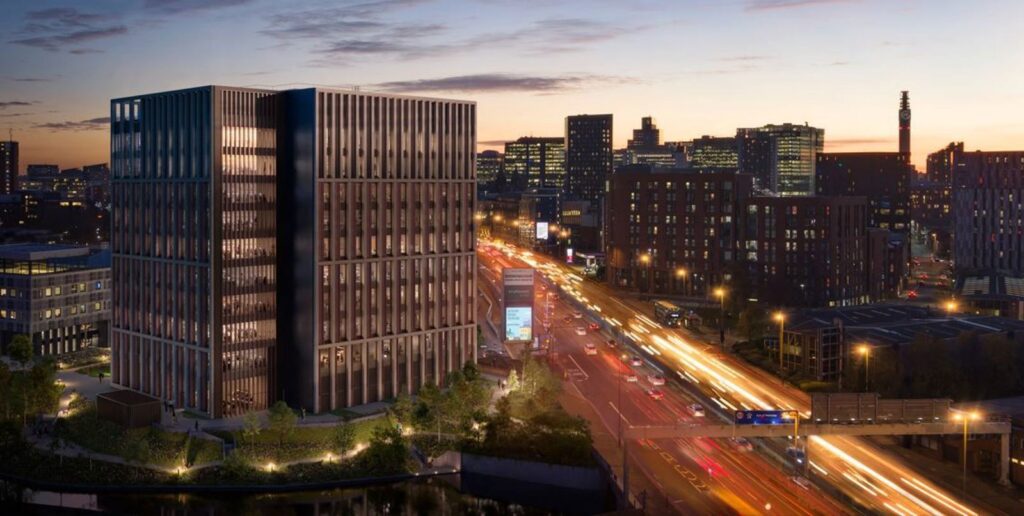
Inspired by Hub8 and DiSH
Two existing hubs shaped my thinking from the start: Hub8 in Cheltenham and DiSH in Manchester. Both are very different, but each demonstrates the power of place. Hub8 draws strength from its proximity to GCHQ, NCSC, and the wider Cheltenham ecosystem. DiSH benefits from co-location with the National Cyber Force and the NCSC presence in the North West. We in the West Midlands don’t have the same anchor tenants, but we do have ambition. The inspiration was not to replicate those models exactly, but to create a space that gives Birmingham and the wider region its own identity and coherence in the cyber ecosystem. Along the way, we’ve been fortunate to have support and encouragement from CyNam and Hub8, Barclays Eagle Labs, Plexal, and the team that delivered DiSH. In an early call with Michelle at WM CRC, Ryan of Midlands Cyber framed it perfectly: “If you get off the train at New Street and you’re in cyber… where do you go?”
Commercial Allies
While institutions and government are vital, the commercial community has also been incredibly supportive. Friends and colleagues such as Chris Woods at CyberQ Group, Sunny Vara at Cybercy, Christian Gherhes at Lexverify, Richard Bate and Stephen Kines at Goldilock, Afshan Sheikh at Cyber Chain Alliance, Suki Gill at School of Coding and AI, Ian Vickers at MetCloud, Matt Whelan at Trowers & Hamlins, and Lauren Monks at CyberFirst and IN4 Group, have all encouraged me to keep pushing the Hub forward. Their support, alongside that of many others in the private sector, has been a reminder that this isn’t just about public funding or academic partnerships; it’s about creating a space that works for businesses of all sizes. At this point, I’d just like to especially thank Sarah Gray and the entire GRC and Risk team at Gowling WLG, who have hosted the majority of the WM CWG events at their office.
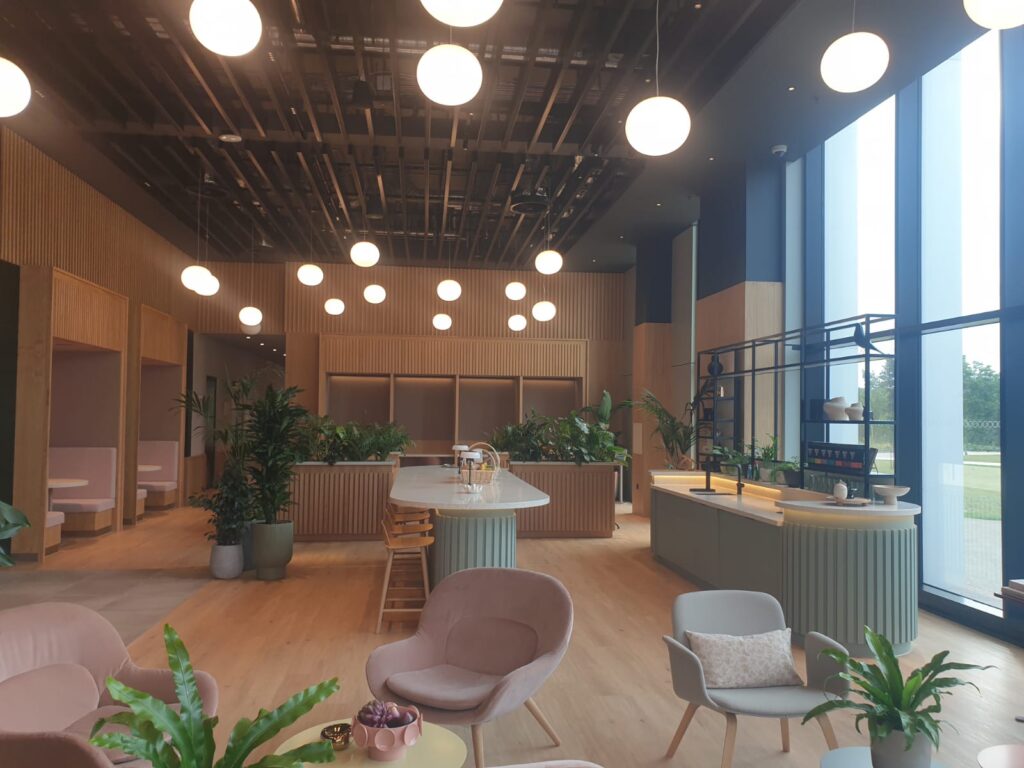
Landing at Enterprise Wharf
Our physical home will be Enterprise Wharf, operated by Bruntwood SciTech. It’s a brilliant fit: a central Birmingham base with the flexibility to grow, and a neutral setting where universities, startups, corporates, and government can meet on equal ground.
Hopefully, this is Phase 1 of a hub-and-spoke model. Birmingham will initially be the heart, but the ambition is to support satellite facilities across the wider region, Wolverhampton, Coventry, Walsall, Worcester, and beyond.
The site itself was first introduced to me by Andy Hague of TechWM, who helped source the location. On visiting it for the first time, walking around Enterprise Wharf and seeing its potential to become a genuine home for cyber in the region.
I’ll be honest: I’ve already cried twice over this project. The first time was when I thought it couldn’t go ahead, after a frantic night where two bids went in just seconds apart, I wasn’t sure which had landed first. Then, suddenly, it could. The second was when I heard we’d won the funding and it was moving forward. I was with Andrew Horkan, our CEO at Cyber Tzar, travelling back from NHS Wales, when I picked up the phone to call Sevgi and tell her the news. It was one of those rare moments when the weight of the journey hit me all at once; it was just too much.
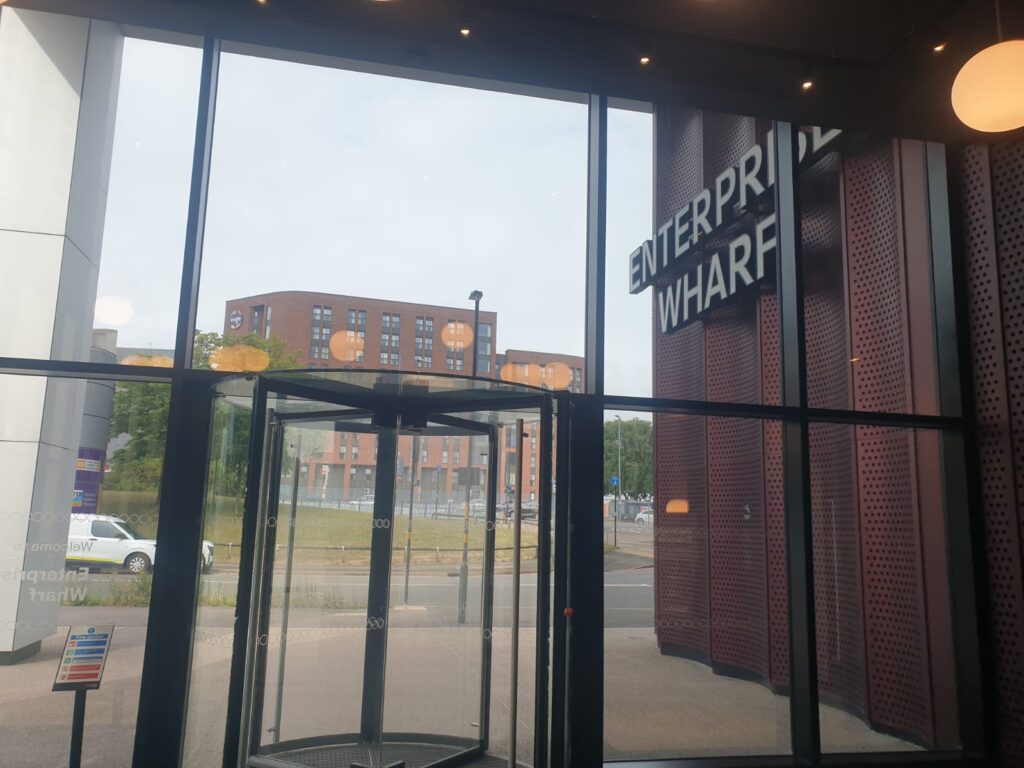
Balancing Festival and Hub
When the 2025 Cyber Local call came out, we were ambitious and submitted both a Cyber Festival and a Cyber Hub proposal. They went in almost back-to-back, just minutes before the 11 a.m. deadline, after the end of a very long night’s work. By 4 a.m. we were still at it… finalising the two bids, reviewing CyberFirst participants, supporting Sevgi’s Tech Nation application, and closing down some deliverables for Cyber Tzar.
In the end, only one bid could progress, a change from 2024, and the Hub is strategically more valuable. The Festival still matters deeply, but thanks to the support of TechWM and Birmingham Tech Week, it will continue under their banner. In a sense, this division of labour works: TechWM will run the Festival within BTW, and the Hub will provide the year-round home for collaboration.
Building the Team
We’ve been lucky to bring in Rebecca Robinson as our Project Manager. Rebecca helped deliver Manchester’s DiSH Hub as Lancaster University’s PM, and has deep experience with their enterprise programmes. Her expertise gives us the grounding we need to move from idea to delivery. We also have Maham Naqvi, our risk management intern from Aston University, supporting the project, alongside a wide cast of contributors from across the ecosystem.
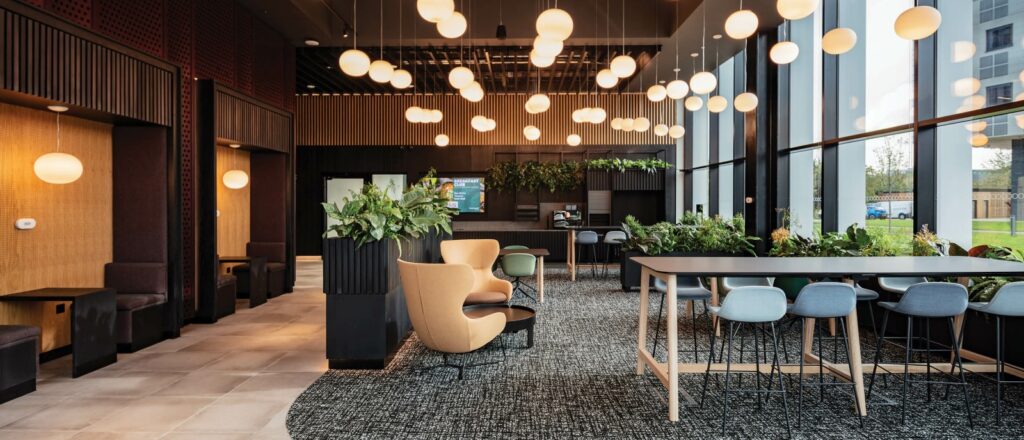
Day One: A Photo Shoot
Last Thursday, we had our first official moment at Enterprise Wharf, a photo shoot organised by Aston University for their magazine, with special thanks to Gosia and Vladlena. Present were:
- Wayne Horkan (Cyber Hub Lead, and Cyber Tzar/WM CWG)
- Maham Naqvi (Cyber Tzar Intern)
- Professor Vladlena Benson (Aston University)
- Gosia Dzierdzikowska (Aston PM)
- Ros Povilionis (SWB)
- Cliff Dennett (IAWM)
- Naomi Nash (TechWM/Birmingham Tech Week)
I was so caught up in it all that I forgot to take any photos myself, classic “autism brain” overloading in social situations, as I joke with friends, but Aston’s photographer, Josh, captured the moment, and Vladlena helped with directions.
Next Steps
Since then, we’ve had our first project meetings with Innovate UK and DSIT, aligned on metrics, and started putting in place the tools and processes for delivery.
We are now preparing for a pre-launch gathering on 30th September 2025 – an opportunity for anyone interested in contributing, collaborating, or simply visiting to see the Hub in its early form. Expect drop-in spaces, events, training offers, and – above all – conversations.
The feedback so far has been overwhelmingly positive. There is a real appetite to make this Hub work, and to give the West Midlands a cyber home it deserves.
Beyond Birmingham – A Regional Hub-and-Spoke Model
Although Enterprise Wharf in Birmingham will be our starting point, the ambition has always been wider. The West Midlands Cyber Hub is designed as a hub-and-spoke model, with Birmingham as the core but with the flexibility to support satellite facilities in Wolverhampton, Coventry, Worcester, and beyond, as we move forward. Each spoke can reflect the strengths of its local community, whether that’s academic research, industrial partnerships, or grassroots innovation. A huge thank you to Pam Waddell OBE, whose vision helped shape this approach and gave the Hub a cadence that works across the West Midlands.
This phased model means the Hub is not just a single building but a regional platform for cyber growth. Phase One provides a base, Phase Two will extend our reach, and the longer-term vision is to create a network of interconnected spaces that together raise the visibility, coherence, and capability of the West Midlands cyber ecosystem.
A Field of Dreams Moment
This is personal as well as professional. I’ve always admired innovators like Seymour S. Clay, Barnes Wallis, Tommy Flowers, and the Lunar Society thinkers who combined applied science with community progress. The Cyber Hub feels like a modern echo of that tradition: apply knowledge, build something real, generate opportunity, and reinvest it back into the community.
This is just the start.
It may be Day One (or Day Sixty), but it is most definitely the beginning.
If you’d like to be involved, contribute, or simply have a look around, join us on Tuesday, the 30th of September. Together, we can make this Hub not just a place, but a platform for the future.
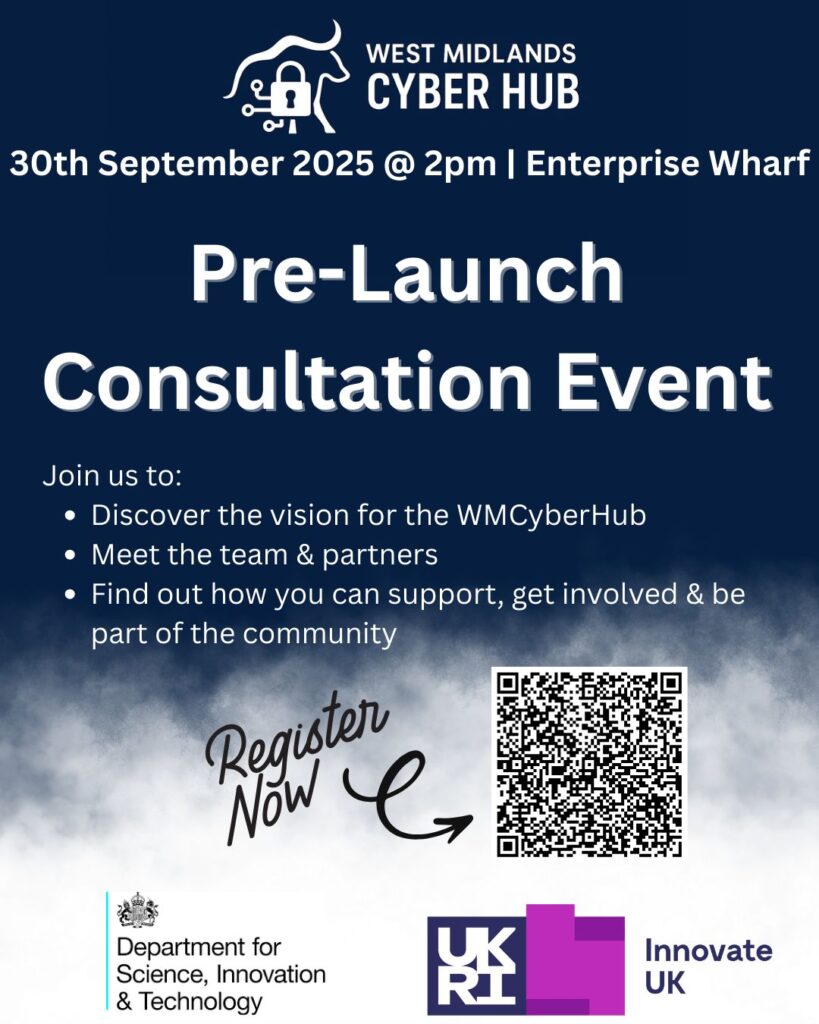
Patterns, Heritage and Vision
If this diary entry reads a little like the closing scene of The Usual Suspects… then welcome to the world of the autistic brain. I see patterns across people, projects, and time, and from those patterns, a vision emerges, one we can share to drive innovation and change.
The West Midlands Cyber Hub must be more than bricks and desks. It needs to reflect our heritage as the city of a thousand trades, our motto of “Forward”, and the energy of being the youngest city in Europe by population profile. It must mirror the diversity of Birmingham and the wider region, celebrate the rise of women in cyber, and acknowledge the growing importance of human factors in cybersecurity. Above all, it must recognise and embrace the remarkably high levels of neurodiversity in our industry.
This is what makes the Hub authentic. This is what will make it ours.
